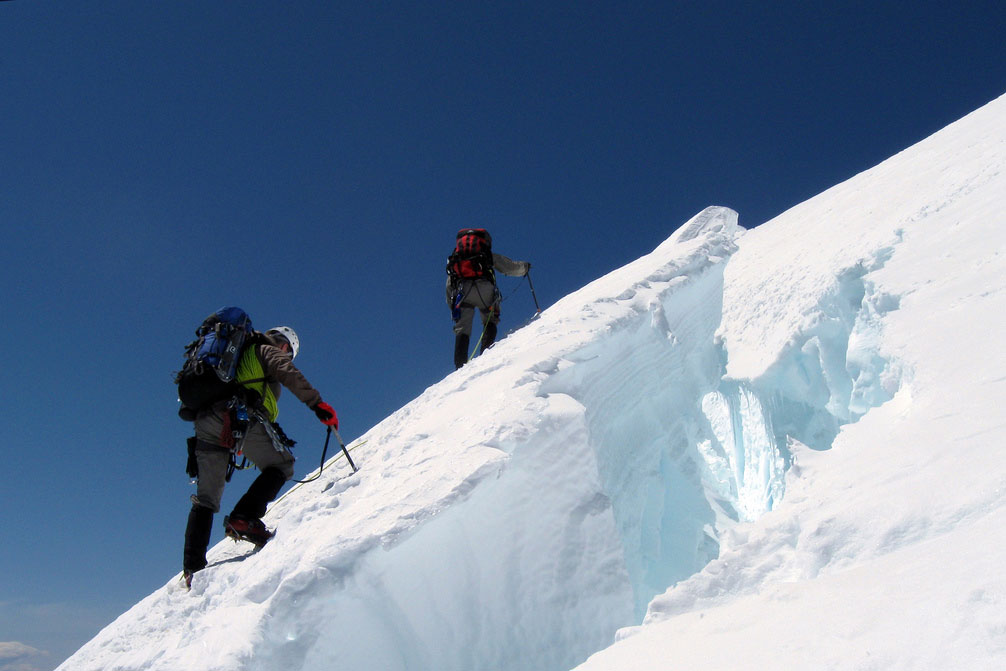
High-altitude pulmonary edema (HAPE) is an extremely dangerous form of altitude sickness that can often have fatal consequences. As opposed to acute mountain sickness and high altitude cerebral edema, which are caused by a decrease in oxygen concentration and brain swelling, HAPE is caused by an increase in pulmonary pressure during a significant ascent. While some of their symptoms overlap, such as shortness of breath, fatigue, and overall weakness, HAPE also has some unique symptoms that distinguish it from other forms of altitude sickness, most significantly, wheezy breathing, coughing, chest tightness, and bluish skin color.
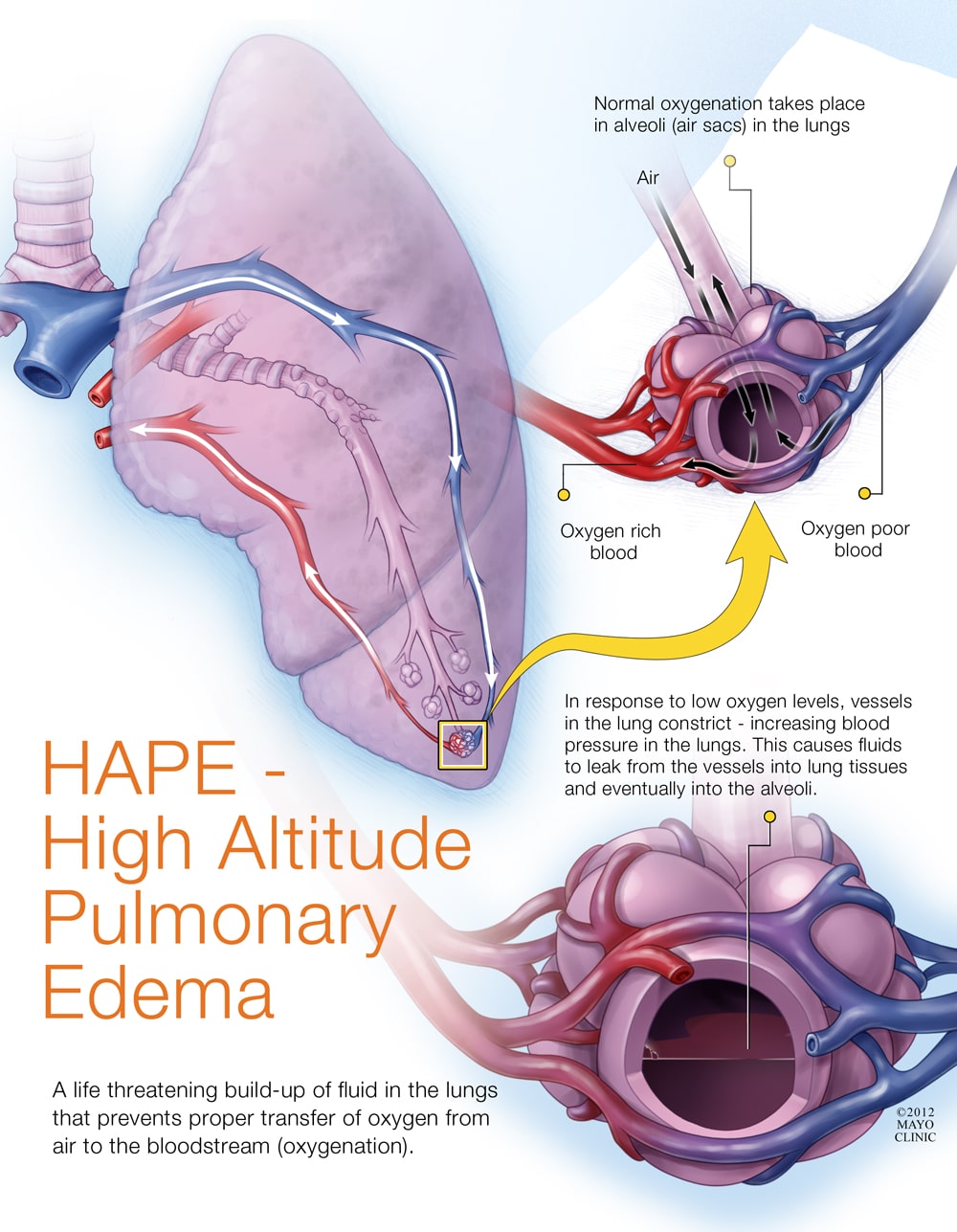
HAPE symptoms occur because lower air pressure environments cause an increase in pulmonary pressure, causing the blood vessels surrounding the lungs to weaken and fluid from the arteries to leak into the air chambers of the lungs. This fluid obstructs oxygen entering the lungs and impairs your ability to breathe properly. This is often fatal because deoxygenation of the body affects all aspects of physiological function and can also impair your ability to act in a dangerous situation. For example, feeling dizzy or unable to breathe while rock climbing or descending to a safer altitude could cause you to fall or injure yourself. Furthermore, HAPE symptoms are very unpredictable and only appear in some individuals, but it is not yet understood why this is, meaning that anyone is considered to be at risk because the symptoms can appear and worsen very quickly.
For these reasons, HAPE is currently the major cause of altitude-related fatalities.
According to Scott Gallagher, MD and Peter Hackett, MD, HAPE is uncommon at altitudes lower than 10000ft (3000m) but can increase to a likelihood of up to 15% at 18000ft (5500m). For reference, Aspen Mountain, a popular commercial ski resort, reaches an altitude of 11500ft (3500m) at its peak.
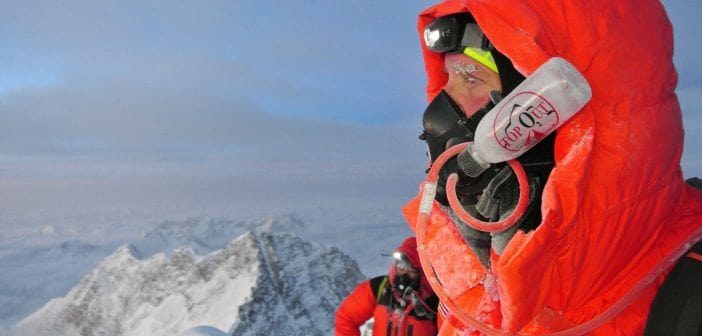
While research into the precise cause and physiology of HAPE is still on-going, there are many ways that you can stay safe while venturing into high altitude environments. The key to safe ascent is gradual increase: in altitudes above 10000ft (3000m) you should only increase your altitude by 1600ft (500m) per day, and every third day you should rest and not ascend any further. Be conscious of any changes in your body as the symptoms can appear and worsen without warning. Fortunately, HAPE is reversible with treatment or simply a decrease in pulmonary pressure. The primary treatment is to decrease altitude, but in cases where this is not possible, supplemental oxygen, rest, and warmth will also ease symptoms because these will increase oxygen flow throughout the body and decrease pulmonary pressure. There is also ongoing research into possible medications that will chemically decrease pulmonary pressure or remove fluid from the lungs.

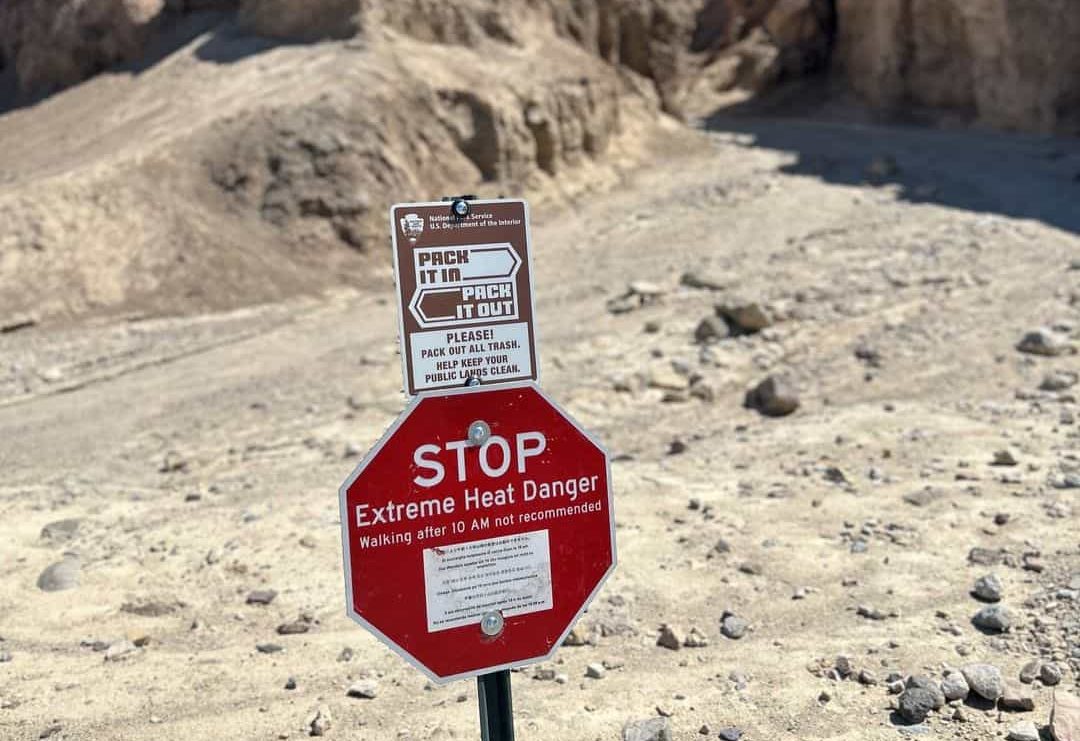
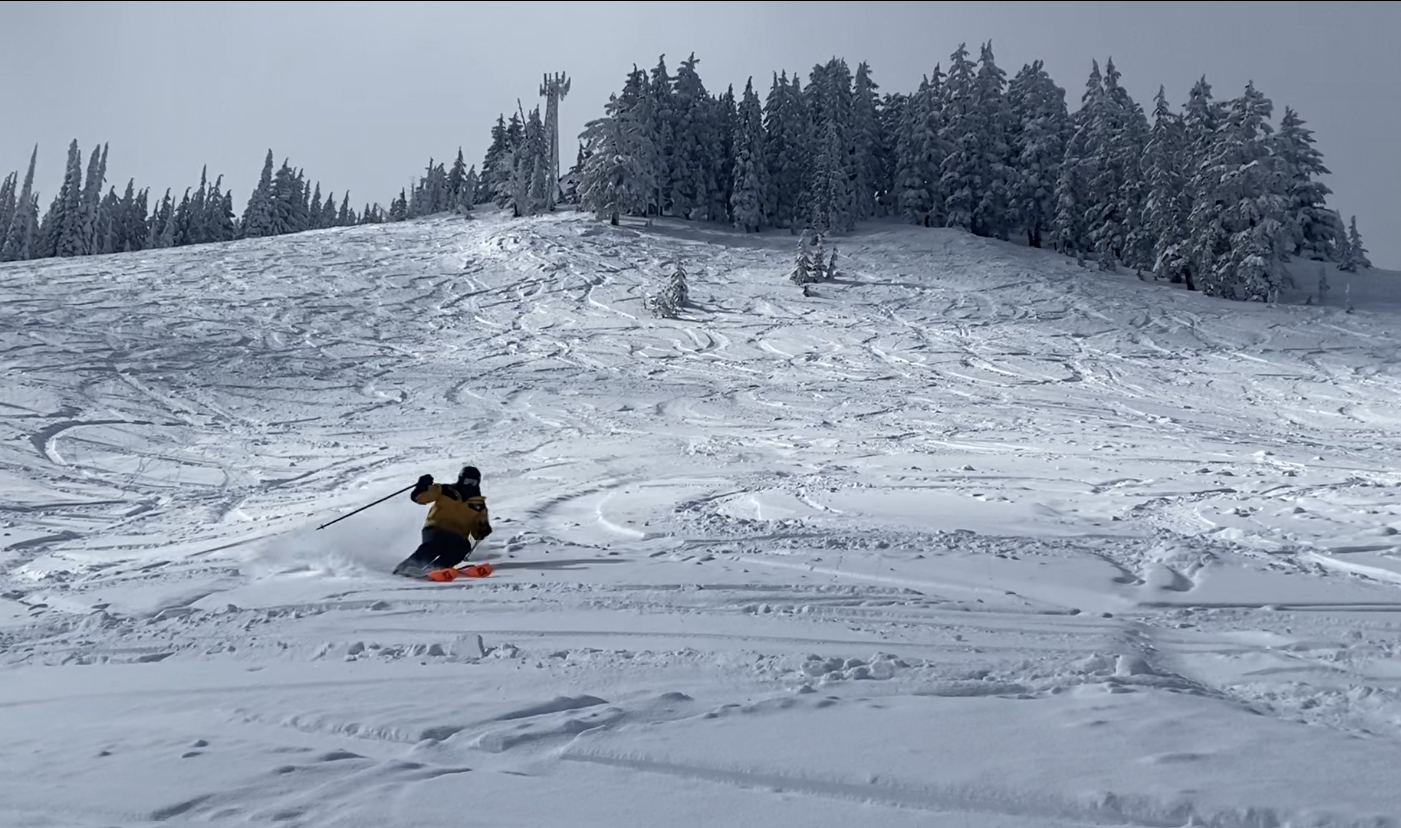


Fantastic article!